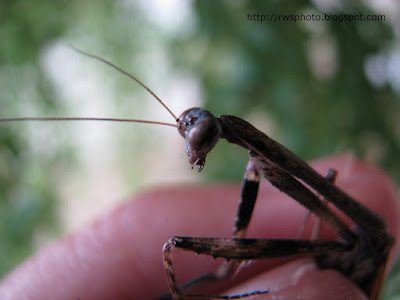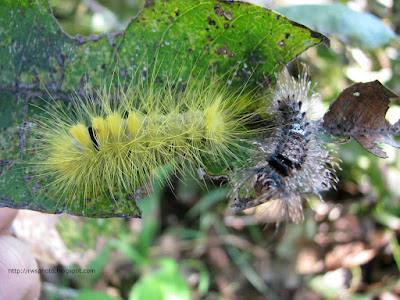



Mantodea or mantises is an order of insects that contains approximately 2,200 species in 9 families worldwide in temperate and tropical habitats. Most of the species are in the family Mantidae. Historically, the term "mantid" was used to refer to any member of the order because for most of the past century, only one family was recognized within the order; technically, however, the term only refers to this one family, meaning the species in the other eight recently-established families are not mantids, by definition (i.e., they are empusids, or hymenopodids, etc.), and the term "mantises" should be used when referring to the entire order. A colloquial name for the order is "praying mantises", because of the typical "prayer-like" stance, although the term is often misspelled as "preying mantis" since mantises are predatory. In Europe, the name "praying mantis" refers to Mantis religiosa. The closest relatives of mantises are the orders Isoptera (termites) and Blattodea (cockroaches), and these three groups together are sometimes ranked as an order rather than a superorder. They are sometimes confused with phasmids (stick/leaf insects) and other elongated insects such as grasshoppers and crickets.
Brown Praying Mantis video clip





















